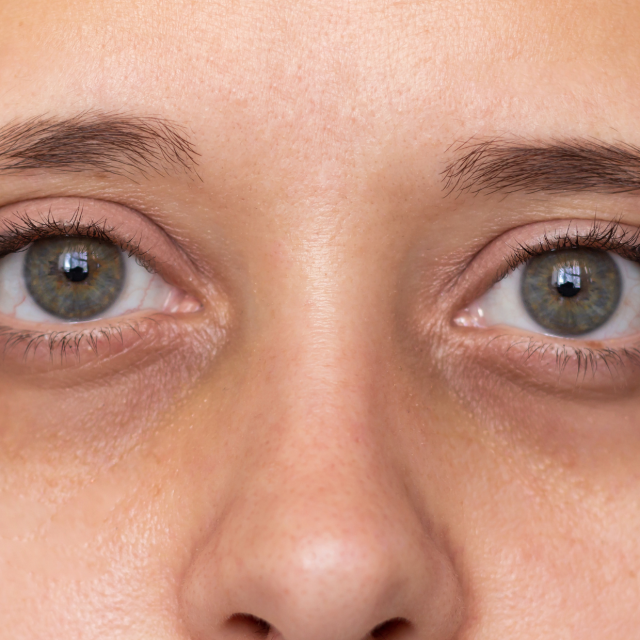
Dark circles under the eyes are a common concern that can leave you looking tired, aged, and stressed, even when you’re well-rested.

Dark circles are the darkened areas under the eyes that can make you appear fatigued or older than you are. These can be caused by several factors, including hyperpigmentation, poor circulation, thinning skin, and the natural hollowness that develops as we age. The skin around the eyes is delicate and thin, making it more susceptible to these changes. Dark circles are not only a cosmetic issue but can also affect your confidence and how others perceive you.
At SRGN, under the expert guidance of Dr Ayad Harb, we offer advanced treatments designed to effectively reduce the appearance of dark circles. Our non-surgical options are carefully selected to target the root causes of your dark circles, ensuring a more youthful and vibrant look. Whether your dark circles are due to pigmentation, loss of volume, or both, our team will recommend a personalised treatment plan to address your specific concerns.
These dark circles result from excess melanin in the skin, causing a brownish tint under the eyes. Treatments like chemical peels and laser therapy can help to lighten the pigmentation, resulting in a more even skin tone.
These occur when the under-eye area becomes hollow, often due to ageing or genetics, casting a shadow that appears as a dark circle. Dermal fillers are an effective treatment for filling in these hollows, giving the under-eye area a smoother and more youthful appearance.
Caused by visible blood vessels or poor circulation under the eyes, these dark circles often have a bluish tint. Dracula Facial and microneedling can improve circulation and thicken the skin, reducing the appearance of these vascular shadows.
Dermal fillers are a popular choice for treating tear troughs. By adding volume to the under-eye area, fillers smooth out hollows and reduce shadows, making the eyes appear brighter and more awake.
Dracula Facial for Under Eyes is an innovative treatment that uses your own blood to rejuvenate the skin. Vampire Facial can improve skin texture, increase collagen production, and thicken the skin under the eyes, reducing the visibility of dark circles caused by thin skin or poor circulation.
Chemical peels can lighten pigmentation and improve the overall tone and texture of the skin under the eyes. They work by exfoliating the top layers of skin, encouraging new, healthy skin to develop.
Sylfirm X combines microneedling and radiofrequency to promote collagen production and improve skin elasticity. This helps reduce the appearance of dark circles caused by thinning skin. Sylfirm X treatment can also enhance the absorption of topical treatments aimed at brightening the under-eye area.